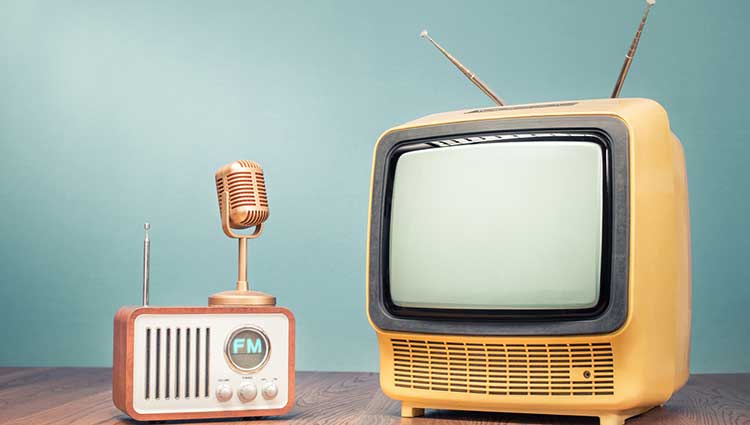
It’s no secret that powerful emotions are at the heart of the most successful marketing campaigns. And one of the most powerful emotions you can invoke is the sense of nostalgia. Nostalgia is the comfort food of marketing—and audiences love to eat it up.
We’ve all felt nostalgia, that longing for days gone by. Some of us miss Sunday pasta dinners at Grandma’s, or those lazy Saturday mornings spent lounging in front of the TV watching Scooby-Doo and eating Froot Loops. Others yearn for simpler days when cars had more chrome than plastic, gas was just 25 cents a gallon, and a loaf of bread cost a nickel.
Nostalgia brings us a feeling of warm familiarity. It works on individual, familial, community, national, cultural and generational levels. And just as with other positive feelings, we seek out ways—often with our wallets—to conjure up those warm fuzzies. It’s why people scour eBay for a china set that looks like Grandma’s, or the Evel Knievel lunchbox they carried in elementary school.
For-profits know all this, of course, and tap into nostalgia marketing with great success. Netflix has Cobra Kai and Stranger Things. Adobe created Bob Ross-inspired tutorials to promote Photoshop Sketch. And Cracker Barrel has a lock on old Southern country kitsch.
Why not take a cue from the business world, then, and use those nostalgic feelings to do good? Tap into nostalgia marketing to promote your planned giving program. Give your supporters something more substantial than a meal or a weekend watching binge: Give them a legacy.
The best part is that much of the work has already been done for you, because emotions are part and parcel of nostalgia. You just need to find a way to connect that nostalgia to your nonprofit’s supporters.
The trick is to remember that nostalgia is very specific. What moves Baby Boomers won’t move Millennials or Gen Xers. And there are differences even within those generations. Rushing a nostalgia marketing campaign without placing the modern world in context could be seen as out of touch or even insensitive.
Still, it’s not rocket science. A school, for example, can easily create a nostalgic fundraising drive that revolves around old yearbook photos. For instance, a direct mail campaign targeting Baby Boomers with funny pictures from a 1970s disco, or a social media campaign aimed at Millennials that invites them to share memories and photos of their best big ’80s hair and fashion.
Your nonprofit could even take a page from UNICEF UK, which recently launched a very social-media-like fundraiser: The campaign’s landing page invites supporters to enter a few personal details, which are then used to create a personalized timeline video (similar to Facebook’s “Your Memories” feature). Even if a participant doesn’t make a donation, it serves as a fantastic list-gathering tool.
Legacy societies can get in on the action, too. How about a Fabulous 50s thank-you dinner-dance or similar event? Or a retro-gaming night featuring arcade hits from days gone by? Donors who grew up in the 80s and 90s can share their love of Galaga and Pac-Man with their grandkids.
Nostalgia marketing is effective, hot, and here to stay. As COVID-19 at last starts to enter the rearview mirror, recognize that your donors have been through the wringer. They’re looking for the kind of comfort that comes with familiarity and old friends. Give them what they want—and grow your endowment at the same time.


Major Gifts LLC
Tampa, Florida
800.490-7090
484.680.7800 local
Succeed@MajorGifts.com
Stay Informed!
Webinars, free downloads, tax law changes, more.
Copyright 2024 © PlannedGiving.Com